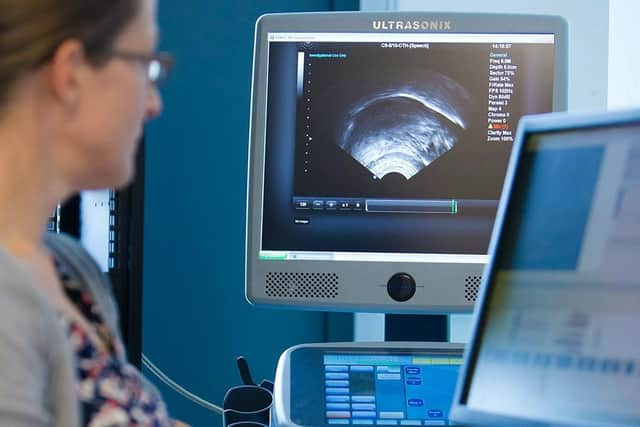Lancaster University researchers using ultrasound to investigate Burnley accents
and live on Freeview channel 276
That is the question a research team from Lancaster University will ask next month when they come to Burnley as part of the national Being Human Festival, using ultrasound to find the answer.
The researchers from the Linguistics Department’s phonetics laboratory are appealing for Burnley residents to visit them at their Lancashire Tongues event in Burnley Market Hall on Saturday, November 11th.
Advertisement
Hide AdAdvertisement
Hide AdProfessor Claire Nance, who is leading the team, said: “By investigating tongue shapes, using ultrasound imaging, we can look at different types of accents and differences in pronunciation.


“And we were told last year – in no uncertain terms – that people in Burnley and nearby Blackburn speak very differently.
“We are, therefore, excited to carry out this research to see exactly how this happens. We are looking for 30 to 40 volunteers aged six-plus to compare with our 35 participants from Blackburn last year.”
Professor Nance, who is responsible for the first publicly available ultrasound recordings of the Scottish Gaelic language, added: “We would especially love to work with families and people from the South Asian community so that we can learn more about all the different accents in East Lancashire.
Advertisement
Hide AdAdvertisement
Hide Ad“The activity takes around 15 minutes in total and is suitable for adults and children. Everyone is welcome!”
A team of staff and students will record people using three ultrasound machines and provide a demonstration for anyone wanting to learn about this specialist area of research.
Participants will be invited to read words on a computer screen out loud with a small probe under their chin and a lightweight plastic helmet on their head.
Simultaneously, the research team will make ultrasound recordings to explore how participants’ tongues move into different positions to generate different sounds.
Advertisement
Hide AdAdvertisement
Hide AdThe ultrasound enables the researchers to get a side profile image of the tongue inside the mouth while people are speaking. The team will explain what is happening at each stage and report on what they can see.
The results will be analysed in the phonetics laboratory at Lancaster University and published next year.